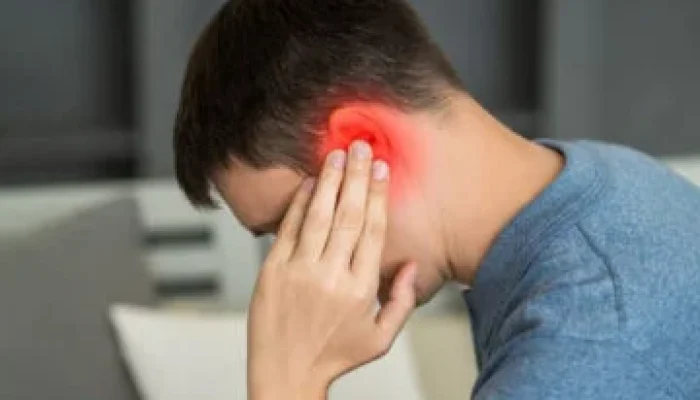
Earwax, also known as cerumen, is a natural substance produced by our ears to protect the ear canal from dust, debris, and infections. While earwax is beneficial in small amounts, an excess buildup can lead to discomfort, hearing issues, or even infections. If you’re wondering how to manage earwax safely, here are some simple dos and don’ts to keep your ears healthy.
Dos for Earwax Removal
Let Your Ears Clean Themselves
The ear is self-cleaning. Jaw movements like chewing or talking help move old earwax out of the ear canal naturally. If you notice wax near the outer ear, gently wipe it away with a clean, damp cloth.
Use Ear Drops for Softening Wax
Over-the-counter ear drops or solutions (such as saline or mineral oil) can soften hardened earwax, making it easier for it to come out on its own.
Seek Professional Help
If you experience symptoms like pain, hearing loss, or a blocked sensation in your ear, consult an ENT specialist in Indore. Professionals can safely remove excess wax using specialized tools or techniques.
Stay Hydrated
Drinking plenty of water helps maintain the body’s overall hydration, which can indirectly support healthy earwax production.
Don’ts for Earwax Removal
Stay Hydrated
Inserting cotton swabs into your ears can push wax further inside, leading to impaction or even damage to the eardrum. They are best used only to clean the outer ear.
Don’t Use Sharp Objects
Never insert items like hairpins, toothpicks, or earbuds into your ear canal. These can cause injury or introduce bacteria, leading to infections.
Avoid Overcleaning Your Ears
Cleaning your ears too frequently can strip away protective earwax, making your ears more vulnerable to infections.
Say No to Ear Candling
Ear candling, a method where a hollow candle is lit and placed in the ear, is not only ineffective but can also be dangerous. It may lead to burns or worsen earwax blockage.
When to See a Doctor
If you notice any of the following symptoms, it’s time to consult an ENT specialist:
- Persistent ear pain
- Difficulty hearing
- A sensation of fullness or blockage in the ear
- Dizziness or balance issues
- Discharge or foul smell from the ear
An ENT professional can use safe and effective methods, such as microsuction or irrigation, to remove stubborn earwax without causing harm.
Key Takeaway
Earwax plays an essential role in keeping your ears healthy, but managing it safely is equally important. By following these dos and don’ts, you can avoid common mistakes and maintain your ear health. If in doubt, always seek expert advice rather than attempting risky methods at home.
